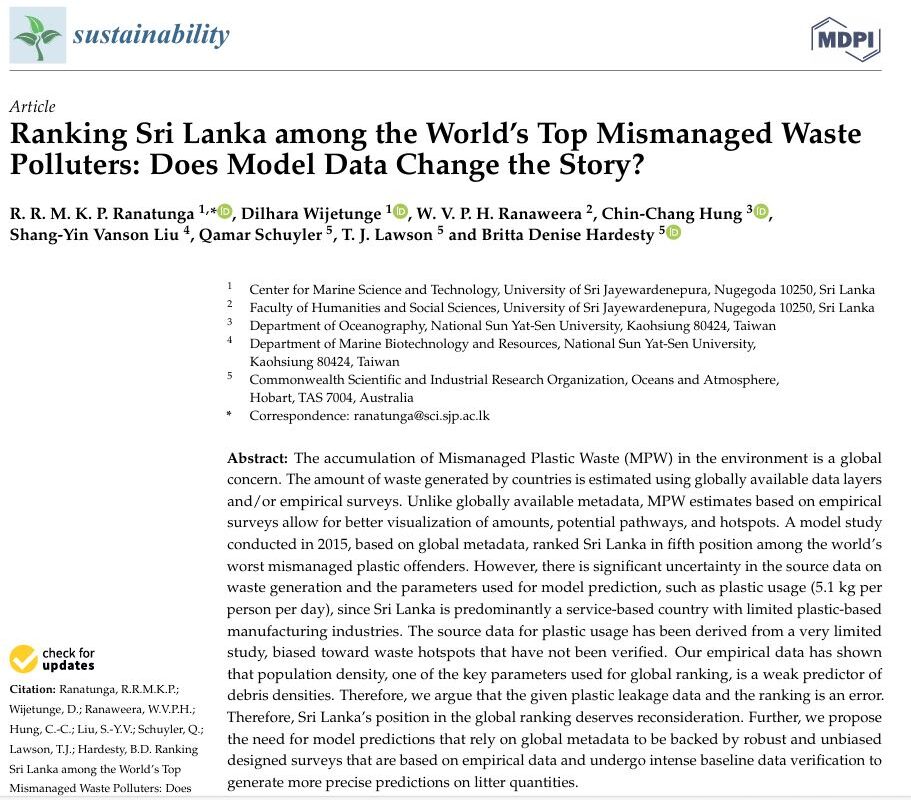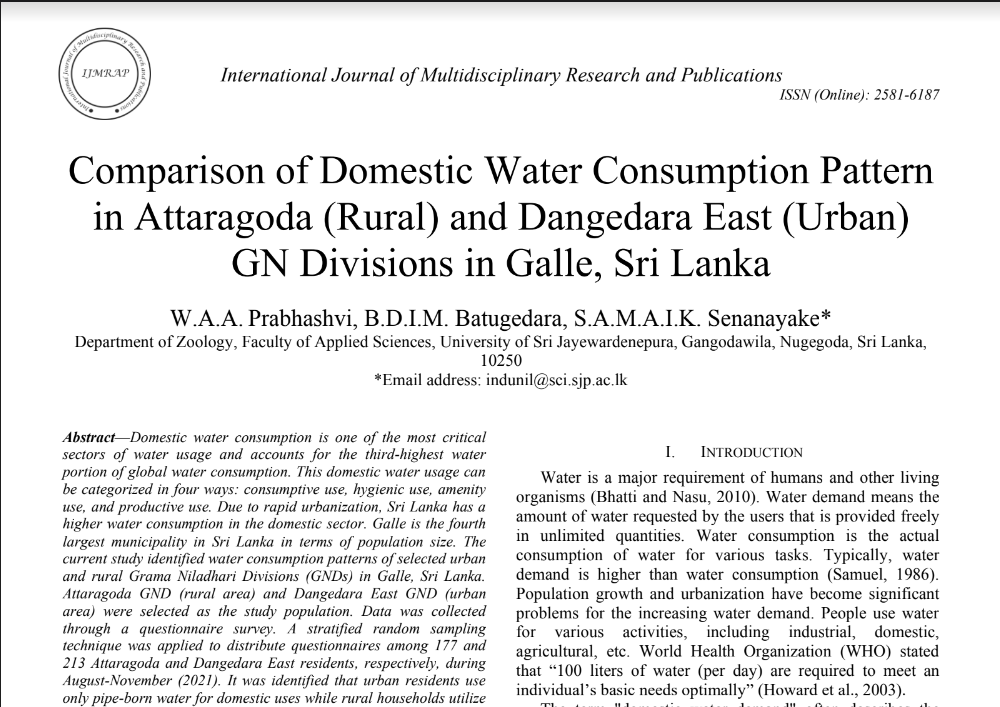Being the apex predator of Sri Lanka’s forests, the endangered Sri Lankan leopard (Panthera pardus kotiya) plays a crucial role in maintaining the balance of natural ecosystems. In this study, we aimed to address the paucity of data related to one of the major leopard habitats of the country, Kumana National Park (KNP). This study investigates the spatial occupancy, population density, and activity patterns of the Sri Lankan leopard in KNP, Sri Lanka. Our findings reveal a higher concentration of leopards around water bodies and rocky areas, which provide shelter and support prey species such as wild buffalo and spotted deer. Using random encounter models (REM) and spatially explicit capture–recapture (SECR) analyses the population density of leopards was estimated. The study identified the eastern region of KNP as having one of the highest recorded leopard densities globally, with REM and SECR estimates showing statistically similar results of approximately 41 leopards per 100 km2. This high density is attributed to the availability of prey and habitat variability that supports the ecological needs of leopards. The study underscores the importance of KNP as a stronghold of leopards in southern Sri Lanka and the necessity of preserving its natural habitats.







